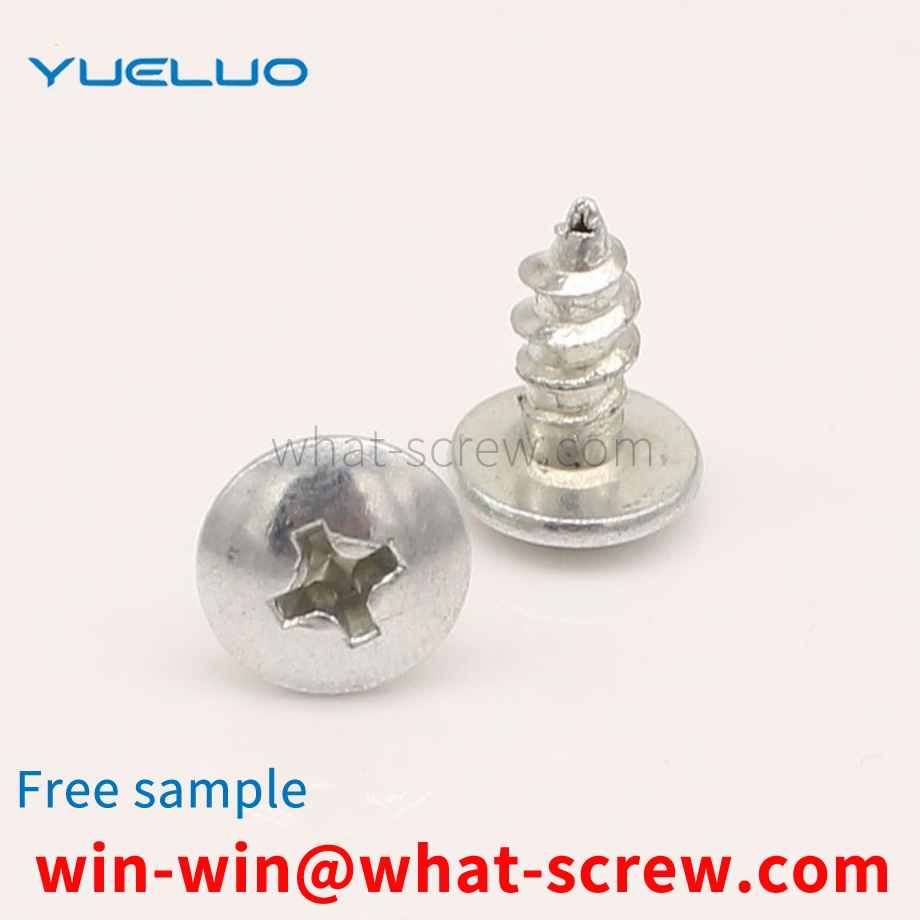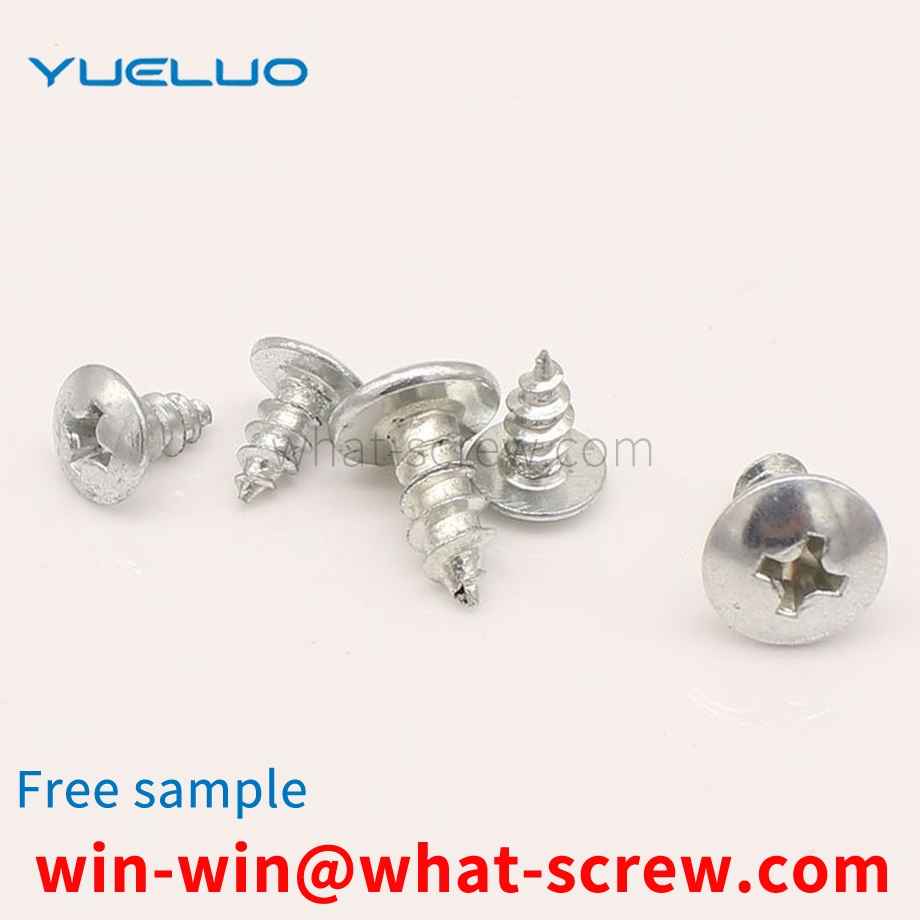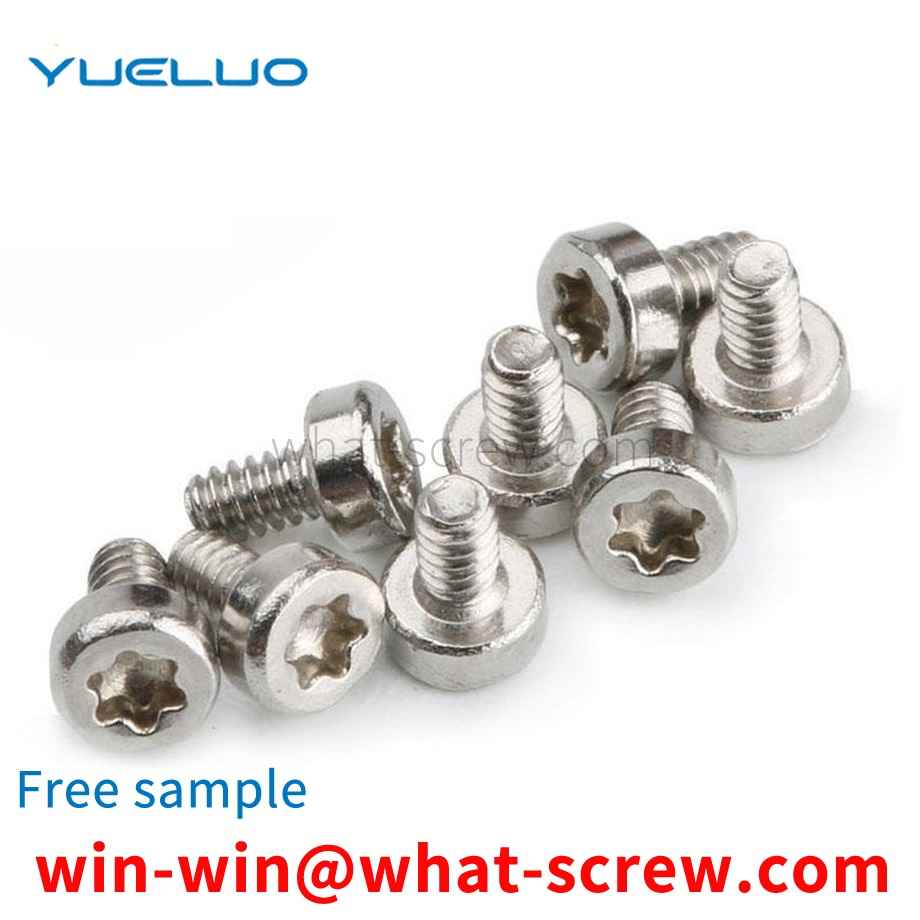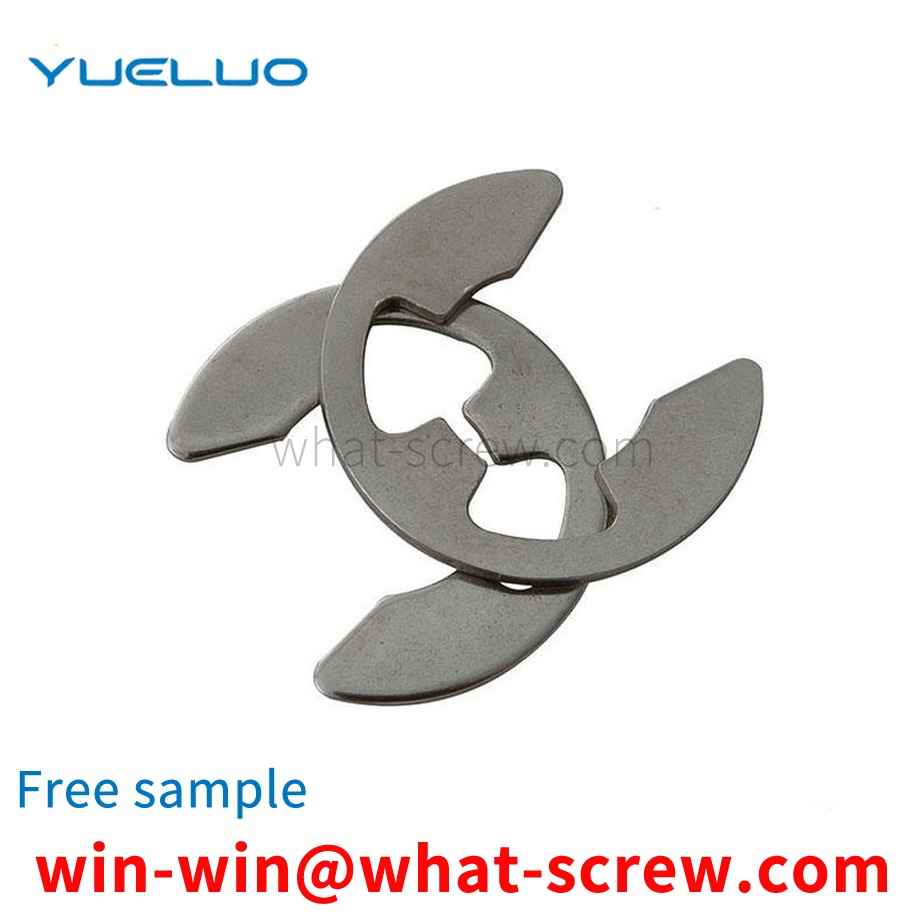What is the tolerance range of precision screws?
What is the tolerance range of precision screws?
Service Hotline
+86760-8787 8587We have more than ten years of production experience in the screw industry, the main products are: ring-shaped lifting ring screw, flat head torx with cylindrical bolt, belt rivet, roller cylinder pin, 304 pin, non-standard hollow rivet, GB5789 screw, torx Handle bolts, hand-tightened ingot bolts, mechanical equipment bolts, full-thread hexagon screws, stainless steel knurled screws, Q340 hexagon nuts, high-strength blackened 10-grade fine-tooth hexagon nuts, splitting, breaking and separating and other fasteners, due to the product The materials and specifications are different, and the prices are also different. Please contact us if you need it.


Fasteners are a type of mechanical parts that are used for fastening connections and are widely used. Fasteners are used in a wide range of industries, including energy, electronics, electrical appliances, machinery, chemicals, metallurgy, molds, hydraulics, etc., in various machinery, equipment, vehicles, ships, railways, bridges, buildings, structures, tools, instruments, etc. , chemical industry, instruments and supplies, etc., all kinds of fasteners can be seen, which are the most widely used mechanical basic parts. It is characterized by a wide variety of specifications, different performance uses, and a very high degree of standardization, serialization and generalization. Therefore, some people also refer to a type of fasteners with existing national standards as standard fasteners, or simply as standard parts.

The embedded nut is made of copper nuts made of various embossed wires (usually lead brass, such as H59, 3604, 3602). The embedded knurled copper nuts that we come into contact with on a daily basis are processed by precision automatic lathes. The reference standard for embedded knurled copper nuts comes from the national standard GB/T809. The main operation method of the anti-loose nut is to inject the embedded knurled copper nut. After heating, it is embedded into the plastic part or directly injected into the mold. If the mold is injection-molded, the melting point of PA/NYLOY/PET is above 200°C , After the embedded nut is hot melted into the plastic part, the temperature rises rapidly. After injection molding, the plastic body rapidly cools and crystallizes and becomes hard. If the embedded nut temperature is still at a high temperature, it may fall to the place where the copper nut contacts the plastic part. Start to loosen or crack. Therefore, copper nuts are used instead of carbon steel nuts in the injection molding of embedded nuts. There are two ways to form the external knurling of the embedded copper nut. One is to use copper raw material to draw the knurl and then to produce it on the upper equipment. Generally, the pattern of this method is straight, and the other is to use The round copper material is directly embossed while tapping during the production process. This processing method can produce some non-standard size knurled copper nuts. The embossed shape of the embedded copper nut can be selected by the user, such as mesh, Character embossing, herringbone embossing and other knurling patterns.


Washers are divided into: flat washer-C, large washer-A and C, extra large washer-C, small washer-A, flat washer-A, flat washer-chamfer-A, steel structure high Strength washer, spherical washer, cone washer, square bevel washer for I-beam, square bevel washer for channel steel, standard spring washer, light spring washer, heavy spring washer, internal tooth lock washer, internal serrated lock washer, External tooth lock washer, external tooth lock washer, single ear stop washer, double ear stop washer, outer tongue stop washer, stop washer for round nut.

High-strength fasteners must be quenched and tempered according to technical requirements. The purpose of heat treatment and tempering is to improve the comprehensive mechanical properties of fasteners to meet the specified tensile strength value and yield ratio of the product. The heat treatment process has a crucial impact on high-strength fasteners, especially its intrinsic quality. Therefore, in order to produce high-quality high-strength fasteners, advanced heat treatment technology and equipment must be available. Due to the large production volume and low price of high-strength bolts, and the threaded part is a relatively fine and relatively precise structure, the heat treatment equipment is required to have large production capacity, high degree of automation, and good heat treatment quality. Since the 1990s, the continuous heat treatment production line with protective atmosphere has dominated, and the shock bottom type and mesh belt furnace are especially suitable for heat treatment and tempering of small and medium-sized fasteners. In addition to the good sealing performance of the furnace, the quenching and tempering line also has advanced computer control of atmosphere, temperature and process parameters, equipment failure alarm and display functions. High-strength fasteners are automatically controlled and operated from feeding-cleaning-heating-quenching-cleaning-tempering-coloring to offline, which effectively ensures the quality of heat treatment. The decarburization of the thread will cause the fastener to trip before the resistance required by the mechanical properties is reached, which will cause the failure of the threaded fastener and shorten the service life. Due to the decarburization of the raw material, if the annealing is improper, the decarburized layer of the raw material will be deepened. In the process of quenching and tempering heat treatment, some oxidizing gas is generally brought in from outside the furnace. The rust of the bar wire or the residue on the surface of the wire rod after cold drawing will also decompose after being heated in the furnace, and some oxidizing gases will be generated by the reaction. For example, the surface rust of steel wire, which is composed of iron carbonate and hydroxide, will be decomposed into CO₂ and H₂O after heating, thus aggravating decarburization. Studies have shown that the degree of decarburization of medium carbon alloy steel is more serious than that of carbon steel, and the fastest decarburization temperature is between 700 and 800 degrees Celsius. Because the attachments on the surface of the steel wire decompose and synthesize carbon dioxide and water very quickly under certain conditions, if the furnace gas of the continuous mesh belt furnace is not properly controlled, it will also cause excessive decarburization of the screw. When the high-strength bolt is formed by cold heading, the raw material and the annealed decarburized layer not only still exist, but also are extruded to the top of the thread. For the surface of the fastener that needs to be quenched, the required hardness cannot be obtained. Its mechanical properties (especially strength and wear resistance) decreased. In addition, the surface of the steel wire is decarburized, and the surface layer and the internal structure have different expansion coefficients, and surface cracks may occur during quenching. For this reason, during quenching and heating, the top of the thread should be protected from decarburization, and the fasteners whose raw materials have been decarburized should be properly carbonized, and the advantages of the protective atmosphere in the mesh belt furnace should be adjusted to the original carbon-coated parts. The carbon content is basically the same, so that the decarburized fasteners are slowly restored to the original carbon content. The carbon potential is preferably set at 0.42% - 0.48%. The carbon coating temperature is the same as the quenching heating, and cannot be carried out at high temperatures , so as to avoid coarse grains and affect mechanical properties. The quality problems that may occur in the process of quenching and tempering of fasteners mainly include: insufficient hardness in the quenched state; uneven hardness in the quenched state; excessive quenching deformation; quenching cracking. Such problems in the field are often related to raw materials, quenching heating and quenching cooling. Correctly formulating the heat treatment process and standardizing the production operation process can often avoid such quality accidents.

The above content is uploaded by Yueluo or the Internet. If there is any copyright issue, please contact [email protected].

What is the tolerance range of precision screws?

How to choose the right stainless steel screw manufacturer?

Why is there an R angle under the head of the hexagon head s...

We have more than ten years of production experience in the ...

We have more than ten years of experience in the production ...

We have more than ten years of experience in the production ...

We have more than ten years of experience in screw industry ...